Let go of thoughts…are you kidding?
Imagine a silky smooth voice, gently inviting you to let go of your thoughts…
“just like leaves floating down a stream, or clouds passing through the sky, letting thoughts come and go.”
What could be simpler?
5 minutes later you realise that you’re obsessing over why so-and-so can’t get their act together. Or planning how you are going to reply to that snarky email. Or wondering who is going to win Masterchef, or having an argument with him about that…
on and on and on and on….
…“floating away like leaves”
Argh!
Rather than your thoughts floating away, they have you tangled up in a mental game of twister. Somehow they are wrapping themselves around your brain as you try not to collapse in a heap on the floor.
What is going on?
Meditation instructions tend not to suggest that you get rid of your thoughts. This is a waste of energy that only serves to pit you against yourself in a battle where no one comes out the winner.
Yet one of the reasons you are trying to meditate is to find relief from thoughts. So you nod along to suggestions to let thoughts come and go, all the while wishing that your thoughts would shut up so you can find some peace. After all, this is meditation. You see all those peaceful-looking people sitting with their eyes closed. You want some of that! And yet you find yourself with a band of monkeys swinging through your head.
The trouble with this scenario is that you are ignoring the fact that you want your thoughts to stop. I’m not suggesting you start chasing your thoughts around, trying to wrestle them to the ground. But you may find it helpful to back up for a second and take a broader look at what you are doing.
What are you doing?
Meditation involves three skills; anchoring, untangling and befriending.
Anchoring involves resting your attention with something that steadies your mind. Untangling involves seeing what is happening more clearly. And befriending involves meeting what is happening with qualities like kindness.
Most of the time meditation instructions start out by emphasising anchoring. The idea with this is that steadying the mind is a useful first step, helping you to calm down a little and to see how your mind is working.
The challenge starts when you get swamped by thoughts. It’s as if you have a tiny boat with a little anchor and there’s a huge storm raging.
If this happens you may find it helpful to emphasise befriending. Can you invite even a little bit of kindness to yourself as you try meditation? If the word kindness grates, you can frame this as easing up or giving yourself a break. Or as bringing a little patience to the whole process.
You can acknowledge that this is hard, even putting a hand on your heart if that’s not too schmaltzy. This isn’t to abandon the anchoring part of meditation. In fact, you will find, over time, that befriending helps with anchoring. As if kindness somehow calms the waves a little.
Emphasising befriending isn’t a magic cure to over-thinking and it has its own set of challenges. But it can be a helpful ingredient to remember as you try meditation.
A final point. If thoughts are intrusive and disturbing, focusing on your inner world may not be the most helpful thing. Part of meditation is about paying attention to your inner world but there is a time and a place for that. Opening your eyes, being aware of your surroundings, talking with someone, can all help to regulate your body, mind, heart, and self. Learning about meditation involves learning how to do this in a safe way.
